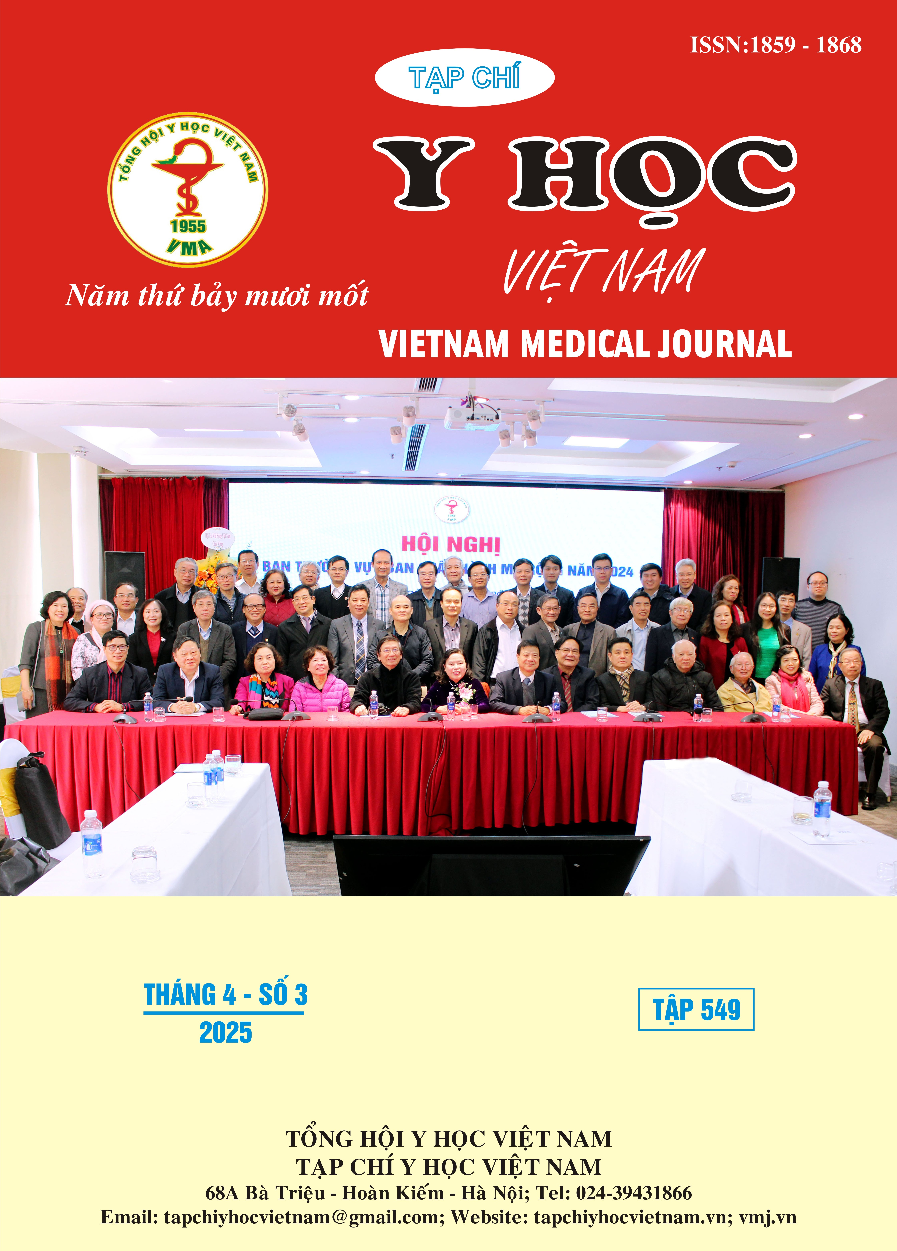CLINICAL CASE REPORT: MECHANIC-BREATHABLE PNEUMONIA CAUSED BY MULTI-RESISTANT AGENT RECEIVING OPTIMAL MEDICAL TREATMENT COMBINED WITH ACTIVE RESPIRATORY PHYSICAL THERAPY AT HCMC HOSPITAL FOR REHABILITATION - PROFESSIONAL DISEASES IN 2024
Main Article Content
Abstract
Multidrug-resistant (MDR) bacterial pneumonia is defined when the causative bacteria are resistant to at least three different classes of antibiotics. Treating multidrug-resistant pathogens is often very complex and requires special interventions. If not treated promptly, this condition can lead to serious complications with a high mortality rate. We report the case of a 62-year-old Japanese male patient admitted to the Respiratory Department at the Rehabilitation and Occupational Disease Treatment Hospital due to pneumonia caused by multidrug-resistant Pseudomonas aeruginosa after a prolonged period of immobility following a cerebral infarction. The patient presented with symptoms of severe weakness, difficulty breathing, poor coughing ability, complications of severe infection, and respiratory failure, requiring intubation and mechanical ventilation. After a course of medical treatment combined with intensive respiratory physical therapy, the patient gradually recovered, improved consciousness, and was able to wean off the ventilator. Ultimately, the patient made a full recovery and was discharged, returning to his homeland to reunite with his family.
Article Details
Keywords
Respiratory failure, Hospital-acquired pneumonia (HAP), Multidrug-resistant pneumonia (MDR), Respiratory physical therapy, Mechanical ventilation, Pseudomonas aeruginosa
References
2. Centers for Disease Control and Prevention. Antibiotic Resistance Threats in the United States, 2019. Centers for Disease Control and Prevention; Atlanta, GA, USA: 2019
3. Ryan K, Karve S, Peeters P, et al. The impact of initial antibiotic treatment failure: Real-world insights in healthcare-associated or nosocomial pneumonia. J Infect. 2018;77(1):9-17. doi:10. 1016/j.jinf.2018.04.002
4. Kollef MH, Hamilton CW, Ernst FR. Economic impact of ventilator-associated pneumonia in a large matched cohort. Infect Control Hosp Epidemiol 2
5. Yang Y, Zhang RJ, Yuan XN, et al. Clinical effect of pulmonary rehabilitation in patients with mechanical ventilation: A meta-analysis. Int J Artif Organs. 2024;47(2): 96-106. doi:10.1177/ 03913988231218116
6. Hirsch EB, Tam VH. Impact of multidrug-resistant Pseudomonas aeruginosa infection on patient outcomes. Expert Rev Pharmacoeconomics Outcomes Res. 2010;10(4):441-451.
7. Lodise TP, Patel N, Kwa A, et al. Predictors of 30-day mortality among patients with Pseudomonas aeruginosa bloodstream infections: Impact of delayed appropriate antibiotic selection. Antimicrob Agents Chemother. 2007;51(10):3510-3515.
8. Falagas ME, Kasiakou SK, Saravolatz LD. Colistin: The revival of polymyxins for the management of multidrug-resistant gram-negative bacterial infections. Clin Infect Dis. 2010;40(9):1333-1341.
9. Zavascki AP, Nation RL. Nephrotoxicity of polymyxins: Is there any difference between colistin and polymyxin B? Antimicrob Agents Chemother. 2013;57(7):3089-3094.
10. Bodro M, et al. Tracheostomy in critically ill patients: Timing, indications, and outcomes. Crit Care. 2014;18(2):191.


